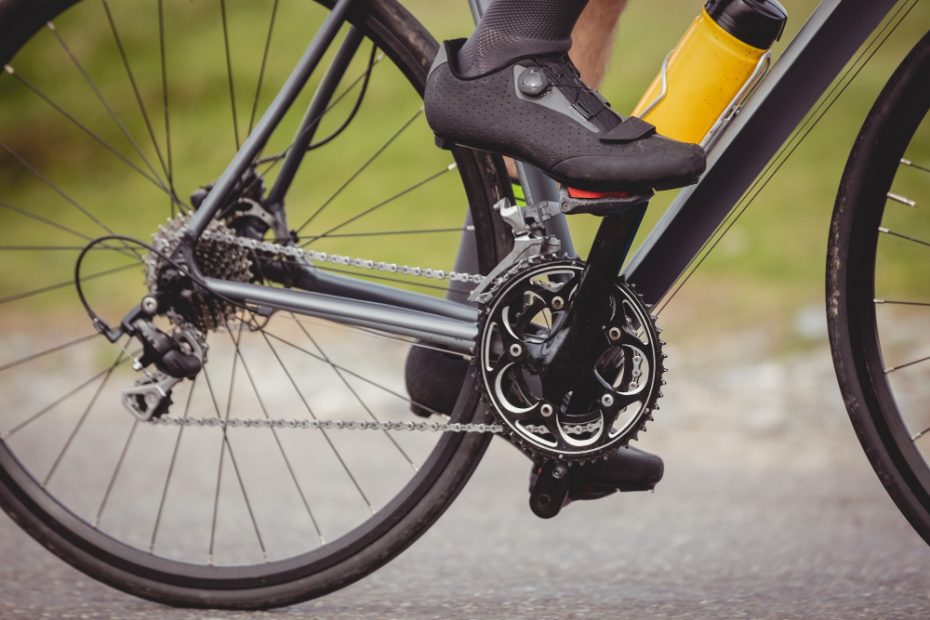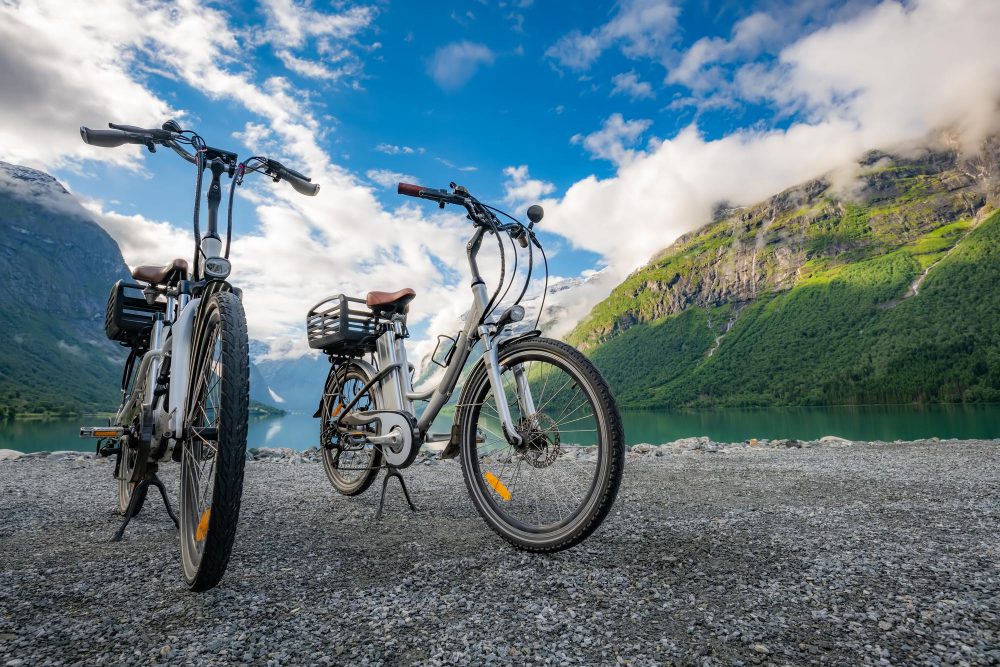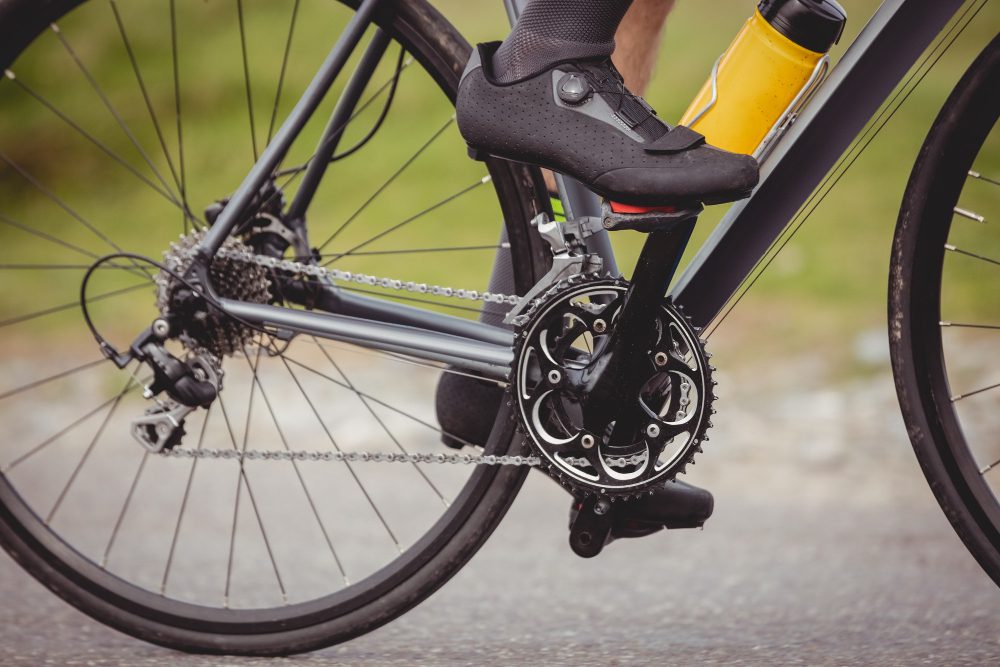How many gears should a touring bike have?
A touring bike is designed for long-distance travel, typically on roads and sometimes on off-road terrains. It offers comfort, reliability, and stability, making it an ideal choice for cyclists who enjoy exploring new places, going on adventures, or embarking on multi-day trips. One of the crucial considerations when choosing a touring bike is the number of gears it should have. The gear system significantly affects the bike’s performance and the cyclist’s ability to tackle different terrains.
The importance of gears in touring bikes
Gears play a critical role in a touring bike’s functionality. They allow cyclists to adapt to various riding conditions, such as steep ascents, fast descents, or flat stretches. By changing gears, riders can maintain an optimal cadence, which is the number of pedal revolutions per minute. This helps prevent fatigue, reduces strain on muscles, and improves overall efficiency.
Touring bikes often carry heavier loads than standard road bikes, given the additional gear and supplies needed for long journeys. Consequently, having a wide range of gears enables cyclists to handle the extra weight effectively. The right gear ratio selection allows for comfortable pedaling at any given pace, ensuring that riders can conquer challenging terrains without excessive exertion.
The ideal number of gears for touring bikes
The ideal number of gears for a touring bike depends on various factors, including the cyclist’s fitness level, the terrain they plan to tackle, and personal preferences. Generally, touring bikes come with a wide range of gear options, typically between 20 to 30 gears. This range incorporates both front and rear gears, where the front gears are known as chainrings, and the rear gears are referred to as cogs or sprockets.
To determine the number of gears suitable for your touring bike, you should consider the type of terrain you’ll be riding on. If you expect to encounter steep hills or mountainous regions during your tour, having more gears with lower ratios will be beneficial. This allows for easier climbing by providing a wider range of options to find the right gear for each slope.
On the other hand, if your tour primarily consists of flatter terrains or long stretches of road, a touring bike with fewer gears may suffice. Fewer gears can simplify the gear shifting process, reduce the weight of the bike, and potentially minimize maintenance requirements. However, it’s important to ensure that the gear range still provides enough versatility to handle occasional ascents or headwinds.
Considerations for gear setup
Aside from the number of gears, other factors to consider when choosing a touring bike’s gear setup include the gear range, gear ratios, and the type of shifting system. It’s essential to strike a balance between having low gears for uphill climbs and high gears for achieving higher speeds on flat or downhill sections.
Some touring bikes feature traditional drivetrains with triple chainrings, offering a wide range of gears suitable for different terrains. Others may opt for compact double chainrings or even single chainrings coupled with a wider range cassette. The choice depends on personal preferences, fitness levels, and the specific demands of the planned tours.
Remember, the right gear setup should allow you to comfortably handle the variety of conditions you expect to encounter during your touring adventures.
Ultimately, the number of gears on a touring bike is subjective, but having a sufficient range is key. It’s advisable to test ride different bikes and consult with experienced riders or bike shop professionals to determine the most suitable gear setup for your needs. By carefully considering these factors, you can ensure a smooth and enjoyable touring experience.
What is the granny gear in cycling?
The granny gear, also known as the easiest gear or lowest gear, is a term commonly used in cycling to describe the lowest gear ratio available on a bike. It refers to the smallest chainring at the front and the largest cog at the rear of the bicycle’s gearing system.
Importance of the granny gear
The granny gear plays a crucial role in helping cyclists tackle steep inclines, challenging terrains, or when carrying heavy loads, especially on touring bikes. By engaging the granny gear, riders can maintain a comfortable cadence and pedal with less effort.
Gear ratios and teeth count
Gear ratios are expressed as a numerical value representing the number of teeth on the chainring divided by the number of teeth on the cog. In general, the granny gear has the highest gear ratio, resulting in the easiest pedaling effort.
In essence, the granny gear allows cyclists to conquer daunting hills without excessive strain on their muscles, making it an essential component for those venturing on long-distance tours.
Benefits of using the granny gear
Using the granny gear provides several benefits:
- Reduced exertion: By shifting into the granny gear, cyclists can reduce the amount of force required to pedal uphill, avoiding muscle fatigue.
- Improved control: The granny gear enables riders to maintain stability and control on challenging terrains where maintaining balance is crucial.
- Increased endurance: Pedaling in the granny gear allows cyclists to conserve energy, enabling them to ride longer distances comfortably.
Other gears on a touring bike
In addition to the granny gear, touring bikes typically have a range of gears to accommodate various riding conditions. These include:
- Standard chainrings: The middle-sized chainrings that offer a moderate gear ratio suitable for flat or mildly hilly terrain.
- Big ring: The largest chainring used for high-speed cycling on flat roads or downhill sections.
- Multiple cogs: A selection of smaller to larger cogs at the rear to provide a range of gear ratios.
By utilizing these different gears, cyclists can easily adapt to changing terrain and optimize their riding experience.
In conclusion, the granny gear is a vital component of a touring bike’s gear system, allowing cyclists to conquer challenging climbs with ease. Its low gear ratio makes uphill pedaling less strenuous, providing comfort and endurance for long-distance rides. By understanding how to properly use the granny gear in conjunction with other gears, cyclists can maximize their efficiency and enjoy their touring adventures to the fullest.
What gearing do the pros use?
Introduction
When it comes to professional cycling, gear selection plays a crucial role in a rider’s performance. The right gearing allows cyclists to efficiently tackle diverse terrains, whether it be climbing steep mountains or sprinting on flat roads. Let’s delve into the types of gears that the pros typically use and how they optimize their performance.
Gearing Options
Professional cyclists have a range of gearing options available to them, depending on the nature of the race or stage. Typically, they use a combination of two gear systems: the standard double chainring setup and the compact double chainring setup.
The standard double chainring setup consists of two chainrings with 53 and 39 teeth respectively, paired with an 11-speed cassette on the rear wheel. This setup offers a wide range of gears, allowing riders to reach high speeds on flat terrain while still having enough climbing power.
On the other hand, the compact double chainring setup features smaller chainrings with 50 and 34 teeth, paired with an 11-speed cassette. This setup provides a lower range of gears, making it ideal for tackling challenging climbs.
Optimal Gear Ratios
Finding the optimal gear ratios is crucial for professional cyclists. They analyze factors such as the gradient of the roads, wind conditions, and the stage profile to determine the most suitable gear ratio for maximum efficiency.
It’s important to note that professional cyclists have dedicated teams that assist them in this process. They utilize sophisticated technology and data analysis to determine the best gear setup for each stage.
Quote: “The right gear ratio can make all the difference in a race. It’s about finding the perfect balance between speed, power, and endurance.” – Professional Cyclist
Gear Ratio Examples
To provide a better understanding of gear ratios, let’s take a look at some examples:
Chainring Cassette Gear Ratio 53T 11T 4.82:1 50T 34T 0.68:1
In the first example, with a 53-tooth chainring and an 11-tooth cassette, the gear ratio is 4.82:1. This allows the rider to achieve high speeds on flat terrain. In the second example, with a 50-tooth chainring and a 34-tooth cassette, the gear ratio is 0.68:1, providing more climbing power.
Conclusion
The gearing choices made by professional cyclists are essential for optimal performance in races. By utilizing different gear setups, they can adapt to various terrains and race conditions. The right gear ratio allows them to strike the perfect balance between speed and endurance, ensuring they can tackle any challenge that comes their way.



